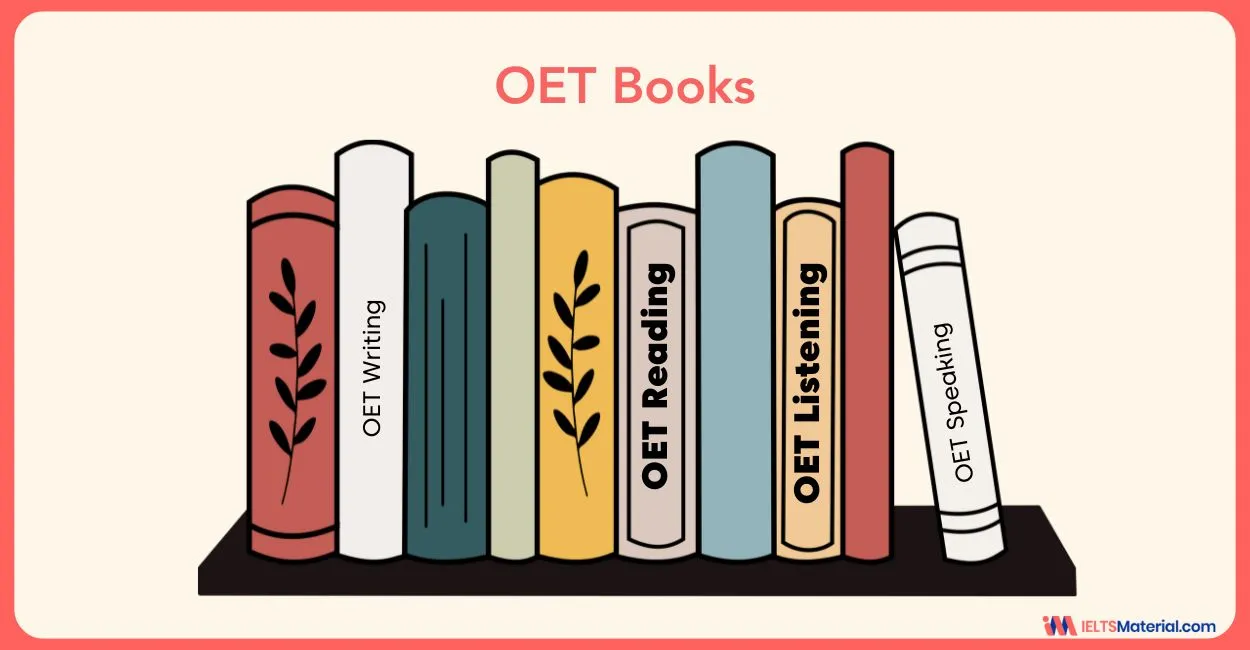IELTS Academic Writing Task 1 Topic 12: Internet use in six categories by age group – Table
2 min read
Updated On
-
Copy link
Table of Contents

Effective IELTS Essay Connectors for Writing Task 2 & Task 1
Writing tasks in the IELTS can be difficult for many Aspirants who are not used to writing long-form English language text. Thus, it is vital that you polish your writing skills before attempting the IELTS.
Are you preparing for the IELTS and concerned about how to approach topics such as the IELTS Table Chart in the Writing section? To be honest, the IELTS Table Chart Writing section is simple. All you have to do is accurately identify the data and organize it in a summary format within 150 words. So, understand the process, learn some vocab and practice harder with Internet use in six categories by age group, it will help you gain mastery over this concept.
The table below gives information on internet use in six categories by age group.
Describe the information in the table and make comparisons where appropriate.
Write at least 150 words.
Internet activities by age group
| Age group | |||||||
| Activity% | Teens | 20s | 30s | 40s | 50s | 60s | 70+ |
| Get News | 76 | 73 | 76 | 75 | 71 | 74 | 70 |
| Online games | 81 | 54 | 37 | 29 | 25 | 25 | 32 |
| Downloads | 52 | 46 | 27 | 15 | 13 | 8 | 6 |
| Product research | 0 | 79 | 80 | 83 | 79 | 74 | 70 |
| Buying a product | 43 | 68 | 69 | 68 | 67 | 65 | 41 |
| Searching for people | 5 | 31 | 23 | 23 | 24 | 29 | 27 |
Report Plan
Paraphrase: gives information>demonstrates; on internet use in six categories by age group>the internet usage activity of six varying age groups
Overview: The given data shows the internet usage activity of seven varying age groups.
Paragraph 2: (1) Compare different activities done by age groups. Give figures.
Paragraph 3: (1) Compare the remaining different activities done by age groups. Give figures.
Paragraph 4: (1) Summarize the topic and talk about the final trend.
Sample Answer
The given data demonstrates the internet usage activity of seven varying age groups. As per the presentation, teenagers typically play games and get news while the mid-aged ones mostly search and buy products.
As is presented, teenagers typically play online games, look for news, download, and buy products online. Rarely do they search for people. Whilst 80% of teenagers play online games, this table drops to 54% of people in their twenties and 37% in their thirties. Online gaming reaches a low of 25% with people in their fifties and increases in popularity with older people. A similar trend can be seen in the download activity, but they are less popular and decline markedly with people over age 40 – only 6% of people over age 70 download.
Talking about the online product research, it is made by over 70% of all people, except for teenagers. Product research peak in the forties age group, when almost three-quarters of people research for the product in this way. Buying a product online is equally popular with all internet users except either teens or internet users who are 70 years of age or above. Except for teenagers making only five searches out of every 100, between one-quarter and one-third of people look for other people on the internet, depending on age.
In summary, teenagers generally download and play online games while mature age group typically searches and buys products on the internet. Buying products and getting news are done by every aged group.
Get evaluated for FREE!
Got a quick report in your mind for this question. Don’t hesitate to post the same in our comment section. We will evaluate the report/letter and email you the band score & our trainer’s comments. And, this service is entirely free.
Also check:
Practice IELTS Writing Task 1 based on report types

Proven tips to score Band 9 in IELTS Writing
Recent Articles

Nehasri Ravishenbagam

Nehasri Ravishenbagam

Kasturika Samanta





Post your Comments
3 Comments